



 Company: zencontrol
Company: zencontrolLocation: Auckland City Hospital, New Zealand
Category: Medium indoor projects - HIGHLY COMMENDED TECHNICAL SOLUTION
What did the project set out to achieve?
Previously stroke care was provided in different areas of Auckland Hospital with acute care split between two wards, and rehabilitation provided elsewhere. Stroke is the third cause of death in New Zealand and with population growth and demographic changes there was a pressing need to provide the specialised and integrated facility this NZ$30m project would allow. One of only two such facilities globally.
The challenges faced in providing the lighting controls were mainly around the building’s use as a critical care unit. Having the system “down” for maintenance is simply not an option. It was essential that all components should have the ability to be “swapped out” should a driver or other device fail, without the need to turn the system off. Reliability and ease of maintenance was also an important factor.
There were very few systems that offered the features the ADHB required, and it was decided that zencontrol’s DALI-2 controllers would be the best fit for this project. zencontrol is also currently the ONLY system that is compliant to the AS/NZS 62386 suite of standards for both input and output devices. COVID-19 and the associated movement concerns came into the mix as the project progressed. The ability to make changes via the cloud, without the need for personnel to attend site, proved itself to be a valuable benefit.
Like many projects in 2020 the lighting control integration coincided with level 4 lockdowns inside New Zealand. As an “essential” project the construction was able to proceed, and the use of zencontrol room controllers with DALI-2 compliant input devices allowed the units to be pre-programmed (“plug and play”) and supplied to the electrical contractor for installation at the site, with no need for the integrator to attend. Completed the unit provides 41 inpatient beds alongside targeted rehabilitation, dining, exercise and communal space for patients and families.
How is DALI used within the project?
DALI is used to provide lighting throughout all areas of the stroke unit encompassing the Hyper-Acute Stroke Unit (HASU), the Acute Stroke Unit (ASU), each with their own communal spaces. Personalised lighting control is provided in each ward with independent control for room, night and examination lights. Overall control is centralised from reception and nurse stations where touchscreens provide staff with a clear display of the areas they can control.
The HASU has centralised control from the nurse station touchscreen. It allows for pre-set day and night modes, but also individual area control when required. The ASU has a similar set up with more local control by patients. The bedhead wall lights for both wards have direct and indirect lighting, with two independent DALI drivers. This has allowed the up-lighting component to be controlled centrally, but the downlighting can be controlled locally by the patient.
Circulation areas have pre-determined settings based on ‘time of day’. When DALI-2 devices are used with zencontrol room controllers, replacement of end devices and ongoing maintenance of the lighting system can be performed with minimal to no downtime. A separate video room allows monitoring of the patient, and more specialised programming of scenes for video recording, which disables local control which could interfere with the light levels required for monitoring/recording. When not required for its video functionality, the room reverts to a standard ASU patient room and the controls are returned to normal use.
The project consists of a total of:
Why was DALI chosen?
- Digital lighting control with the ability to provide separate control of individual lights, or grouping as necessary. Changes made easily via programming with no requirement for site visits.
- DALI dimming provides reliable levels at low output, compared to standard phase dimming.
- Ease of maintenance from a plug and play system that could be monitored and programmed remotely was a major consideration.
- The zencontrol DALI-2 control system provides access and support via the cloud, allowing the necessary swift response for dealing with maintenance issues or site support.
- With a single line for both control devices and luminaires DALI-2 wiring provides ease of installation for the electrical contractor
- The zencontrol switches store the programming behind the mechanism. It makes it easy to swap out the switch without loss of programming.
- A later requirement may be to measure performance of luminaires and energy consumption. This can be provided simply via the cloud.
- Prior to availability of a client connection, it was possible to provide a network switch and program remotely via a 3G router which kept the project moving even during lockdown.
What benefits does DALI provide?
- Very specific dimming levels were required by the consultant, easily achieved via DALI.
- Wellbeing and on-going comfort of occupants was crucial, but also the ability to provide critical care on admission with pre-sets for ease of use.
- Energy usage monitoring, energy efficiency is a consideration and may be required in the future.
- Ease of installation, reliability, predictive maintenance were all essential elements, particularly when combined with programming and control via the cloud.
- Asset management: The ability to identify issues with individual drivers is proving extremely useful. Clients also appreciate the ability to receive reports on longer term performance of luminaires.
- Future proofing, knowing that as an open protocol, DALI will keep evolving and improving, but will be backward compatible.
Feedback
Micheal Xu, Electrical Engineer, Aurecon: “The new Adult Rehabilitation Integrated Stroke Unit (Taiao Ora) has been clinically designed in conjunction with patients and whanau. This ward allows stroke patients to have all their clinical care delivered within a single integrated facility - from acute care through to rehabilitation. This human-centric philosophy has been carried through to the lighting control design, where the functional needs required by the end users were identified throughout the design period. Complex lighting control requirements are needed to match each stage of the integrated patient care model, but this is balanced with the need to have a non-complex interface and be simple to maintain.
The zencontrol DALI control system has a simple user interface that allows the clinical team to quickly adapt the ward’s lighting to suit Day / Night shifts and stay focussed on the patients. At each patient bed there is also localised fine control of lights - allowing each patient’s specific needs to be catered to. Maintenance has also been simplified as the replacement of light fittings is supported by the regenerative features of the zencontrol DALI control system. The system also has the flexibility to be modified to adapt to the ward’s future needs.”
Construction Manager, Allendale Electrical: “At the time IEL put forward the zencontrol DALI-2 system for consideration, a total lockdown with most of New Zealand confined to their homes was far from our thoughts. As it turned out the advantage of a plug+play system that could be programmed remotely enabled us to progress the project with no delays, fewer onsite personnel and lesser risk to staff, despite the COVID-19 situation. Moving forward we believe the client will continue to find it invaluable to have the ability to re-configure and maintain the system via the cloud.”
Paul Harris, Intelligent Environments Ltd: “As the COVID-19 state of emergency was declared, it became apparent that all current and potential medical facilities could be called upon for the care of COVID-19 patients. The work on this 41-bed medical facility was therefore deemed essential and stepped up, in case the wards were required for intensive care COVID-19 patients. The ability to re-configure controls remotely to suit changing needs became of paramount importance. Fortunately to date, this has not proved necessary as COVID-19 has been mostly contained at the border, and the Stroke Unit has remained fit for its original purpose. Should the situation change, then the system can be changed also, via remote support, to best suit new requirements. This DALI-2 system has allowed us to provide the degree of flexibility required to meet today’s unique healthcare challenges.”
|
► Client: Auckland District Health Board (ADHB) ► Engineer: Aurecon ► Builder: Focus Construction ► Electrical Contractor: Allendale Electrical Ltd ► Lighting control: zencontrol ► Integrator: Intelligent Environments Ltd |
|
The Auckland district health board has made a few LinkedIn posts about the project’s completion. |